A few weeks ago I received a nice e-mail from an incredibly handsome gentleman, with a good taste in blogs, named Gary.
Gary had a great suggestion for an article. Here’s an excerpt from his e-mail (emphasis added by me):
I have an interesting idea for a future article of yours and it is about mirrors in the dojo.
Are they more helpful or do they have very little use when it comes to learning and understanding your body/kimochi?
I had this argument with a fellow instructor of mine this week and I believe that mirrors are wonderful to have when practicing, because one can correct their own posture/technique without relying on the Sensei to always do it for them.
He believes that one should only focus on feeling the technique and not basing it on the “look of it”. I told him that one can think they are “feeling” a correct technique for 20 years, then one day look in the mirror and realize that their shoulder is raised or the punch is not centered.
That is why I feel the mirror is important because you can see the correct posture first, then work on the feel of it.
What are your thoughts, sir?
Now, except making me feel like a knight (Sir Jesselot), this e-mail sparked a memory of a story I once heard about mirrors, that I think is relevant.
The story was about a tall building, probably a skyscraper, somewhere in New York (I think), during the city’s modernization, and tall buildings like this one was still a rare sight.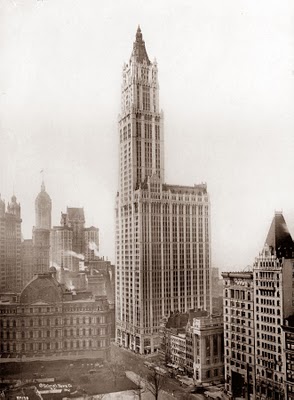
Anyway, this skyscraper belonged to some big company, and many employees worked long days in this place. The company was growing fast, so more and more people were using the elevators.
But recently some employees had begun complaining about the elevators, which they felt were too slow, now that they had to wait for them all the time (more employees = longer waiting time for elevators).
So the company, not wanting to upset their employees, desperately tried to turn up the speed on the elevators
But it was hard.
The speed couldn’t be increased without adventuring everyone’s safety.
Then, suddenly, one engineer at the company got struck by a “blinding flash of the obvious”. He thought: “The elevators aren’t slow. They’ve always had the same speed. The problem is that people think they are slow, because they have to stand in line for such a long time, now that we have so many employees. And then they have to ride in a packed elevator full of other sweaty people. It’s a psychological problem, not a technical one.”
And that changed everything. The engineers at the company flipped everything around, and found a perfect solution.
Install mirrors.
It was that easy.
First of all in the lobby, where people wait for the elevator.
And then inside the elevator, where people wait to get out.
And it worked perfectly. In a survey that the company did a few weeks later, people thought that the elevators had become very swift and convenient. Much faster and better.
But the secret was spelled M-I-R-R-O-R-S.
The speed of the elevators never changed.
And that’s why we still have mirrors in elevators today. And in most lobbies.
By changing a small detail (instead of looking at other people, you could now look at yourself) time seemed to go faster.
I’ll return to this story in a moment, but to get back to the original question in the e-mail, are mirrors more helpful when training? I don’t think anyone can argue that they are.
The more feedback you can get, the better:
- Auditory and visual – from your sensei.
- Visual – from the mirrors.
- Kinesthetic – from yourself (your feelings).
The problem arises when the above point in the middle (“Visual – from the mirrors”) is dominating, making you forget, neglect or even reject the other two points (your own feeling and your instructor’s feedback). Like everything else in life, a healthy combination (of all three sources of feedback) is preferred.
To put it more pragmatic, use mirrors when you feel you need exactly that input.
Then, when you’re done with that, go work on it without mirrors – Get some additional feedback from other sources. After a couple of days/weeks/months (depending on what phase you’re in), revisit the mirrors, see if the problem is fixed, and then find something new to work on (based on the visual input the mirrors give you this time).
Just the way you would continually work with feedback from your sensei, and feedback from your own feelings. The principle remains.
In Japan they even go this far to avoid “getting stuck” in the mirrors:
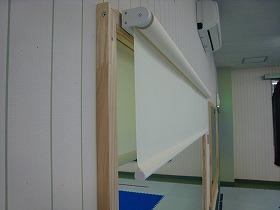
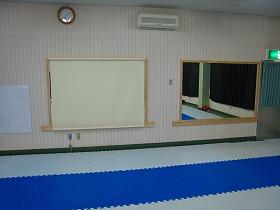
Okay, I promised to get back to the story, and now I will.
How can we use our knowledge from the elevator story in our dojo?
It’s quite obvious.
If you teach kids who are used to MTV, iPods, computers and mobile phones 24/7, then standing still and listening to an old fart explaining the “deeper meaning” of turning the back foot 30 degrees in nekoashi-dachi requires a humongous effort.
That’s when they can stand and look at themselves in the mirrors, while the rest of the class listens to the sensei!
So, finally, the answer to Gary’s e-mail has to be that there’s no clear answer. Mirrors have different pro’s and con’s depending on what kind of training you are doing, what quality you’re after, how many students you’re after, and what type of people you have in your dojo.
Personally I’ve almost never seen a dojo in Okinawa with more than one mirror.
Sometimes two.
In our dojo we have 44.
Maybe says something…
“I used to live in a room full of mirrors; all I could see was me. I take my spirit and I crash my mirrors.
Now the whole world is here for me to see.”
– Jimi Hendrix

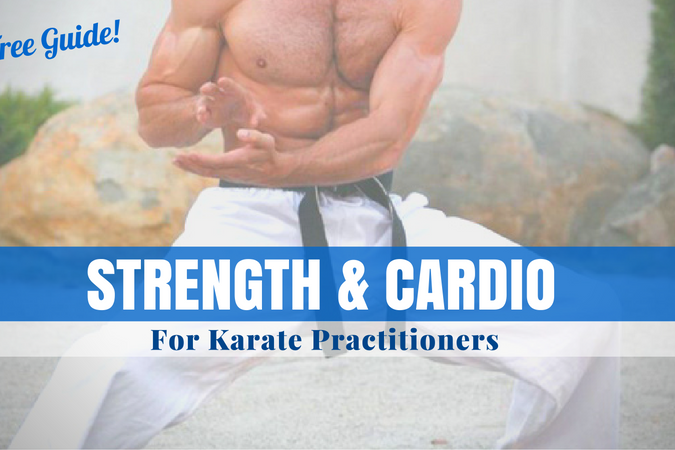
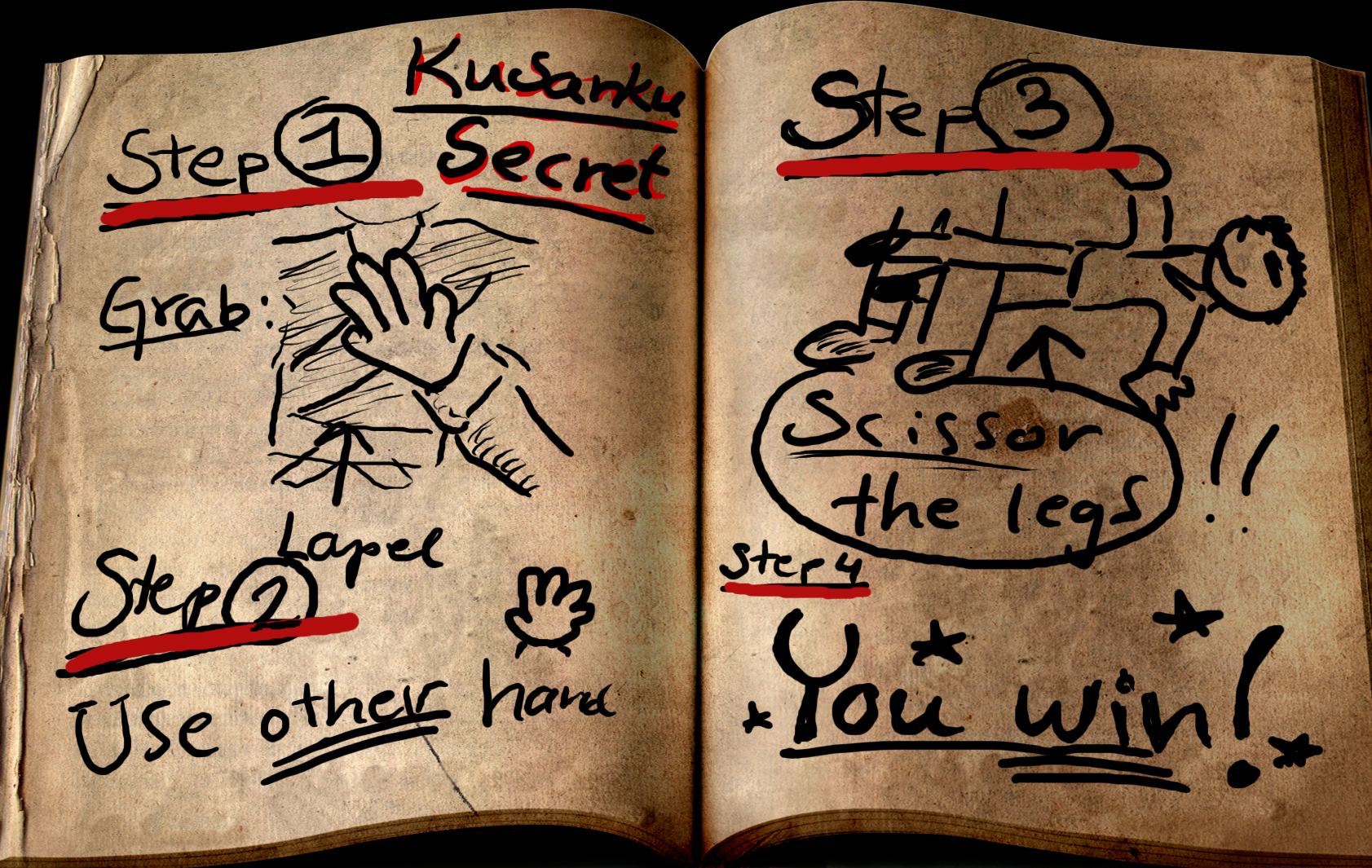
11 Comments